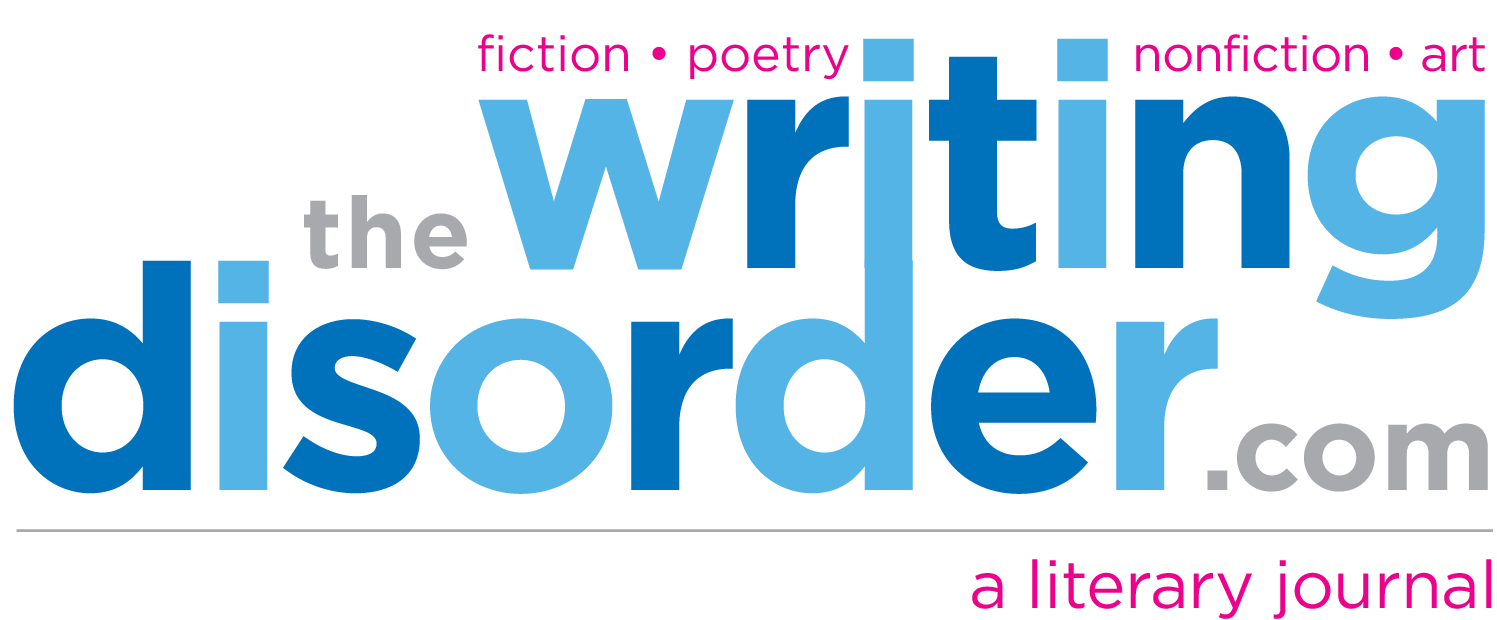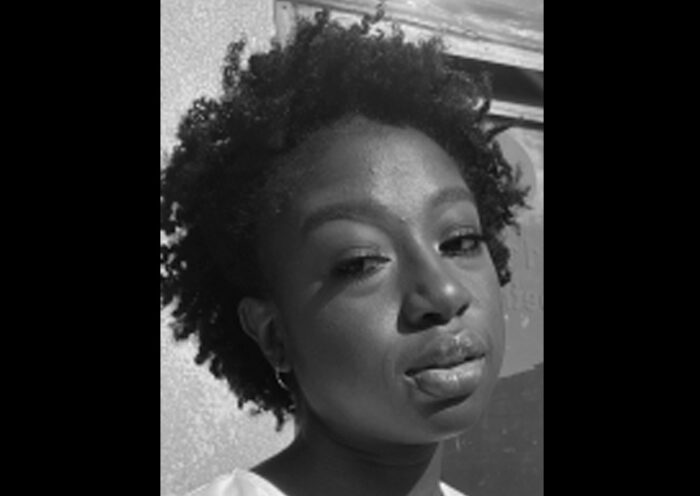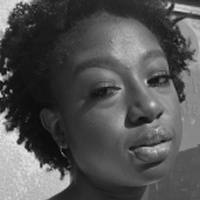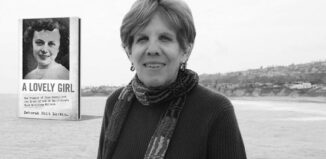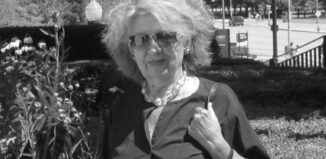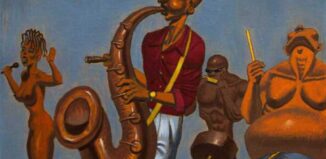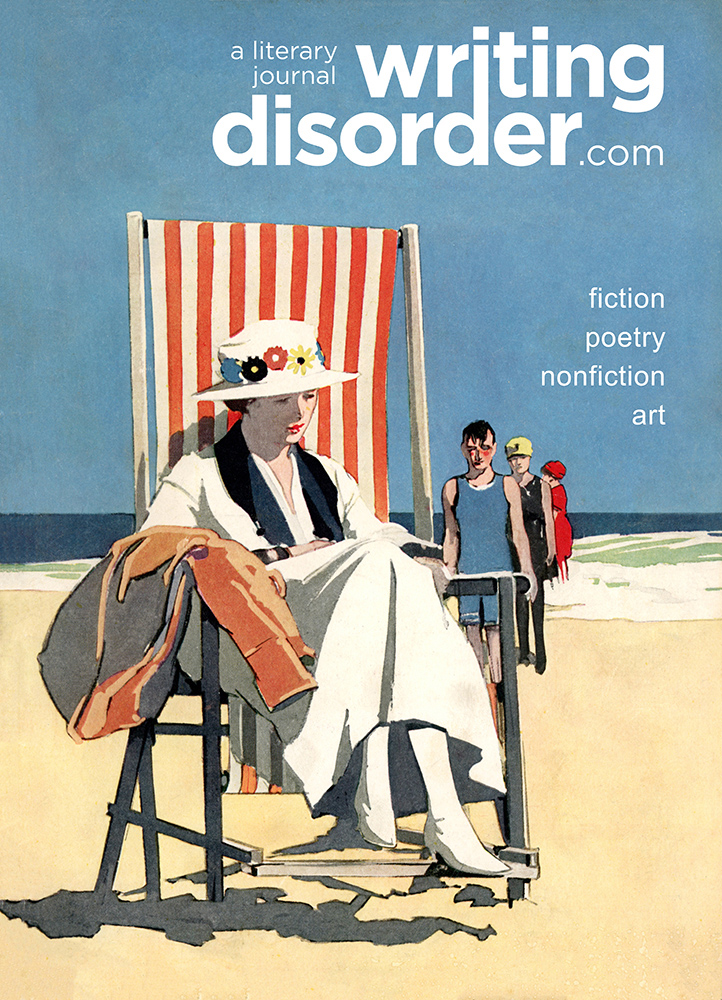The Weight of Black Hair
by Sydney Hollins-Holloway
The hair of an African American woman is a symbol of individuality. Long ago before my ancestors were transported to America, hair meant history, and tradition. On the caramel-colored sand of the motherland, royal blood was undeniable, because of the blatant display of beaded braids that embellished the scalp. This wasn’t just a phenomenon or a resurgence of a lost trend. This was everywhere across the continent.
Hair was literally the backbone of an unfiltered society. In western regions, like Yoruba, hair was used as a direct form of communication to the Gods. Tight knitted cornrows with intricate patterns banded by thread and braided up to stand tall on the raised heads of men and women alike were admired. Even in times of peril and hardship, my people reclaimed their history.
Despite having their heads forcibly shaved, they used their newly grown hair as guides for freedom and sustenance. When the risk of starvation was high outside of captivity, they hid rice in their tamed coils for when they escaped. This strong motivation to remain one with a culture that was constantly threatened throughout history was something that I envied.
My present day maintains a completely different reality. Every time I have changed my hair, insecurity looms over me like an oppressive shadow. Without fail, there was always this nagging thought in the back of my mind about if I should make a separation from my culture. I tried this when I indulged in the tempting fad of getting a perm. I was young enough to know that I wanted one for all the wrong reasons. It primarily had to do with the media that I watched. When I was the tender, impressionable age of 8, all I consumed were reruns of Disney Channel and Nickelodeon. iCarly, That’s So Raven, Casey Undercover, Zoey 101, and Degrassi were the main television shows I watched.
At the time that these shows were broadcasted to these channels, there were very few Black women who had leading roles. Those who did never owned their natural coils or rocked braids with that confident air that I thought was universal for everyone who looked like me. Instead, they appeared to me as clones standing next to their white counterparts with straightened manes or loosened curls pulled back in a ponytail.
I primarily saw this when watching episodes of That’s So Raven. No one seemed to question Raven’s ethnic differences when she had her hair slicked back and pressed to perfection. In fact, the woman of color who was the lead character was often surrounded by people. It was as if friendships came easier when a crucial part of her appearance changed. This is what I saw, and this is what pushed me to take the plunge into the deep end.
I can remember the feeling of the perm distinctively. Cold, wet, and heavy are the only words that I can use to describe the initial application. Nikki, my unorthodox hairstylist who had an affinity for smoking cigarettes and selling God-knows-what while she was doing my hair, used to coat the pure white substance on my tresses liberally. I never questioned her actions. Partly because she was the only person who knew how to braid my hair, and mainly because the only asset I had at the time was in her hands.
Metaphorically and literally.
“Tell me when it starts to burn, okay?” This is what she said before walking away to go take a long drag of her newly lit cigarette.
“Okay.” I said as my small eyes followed her retreating form.
While I sat in the low seat that was given to me, occasionally, I glanced around at the cramped, dark apartment or stared down at my feet hoping that time would go by fast so that I could see the finished product. Little did my younger self know, the process would be agonizingly slow. The tingling and gradual heat from my head was the only thing that made it interesting.
Yet, it soon became unbearable after the tingling subsided. It was replaced with consistent heat and a burning sensation that wreaked havoc on every covered portion of my hair. I stayed mute and tried to act like I was a big girl who could take the pain; even though I was trembling from the rhythmic throbbing of my scalp.
It wasn’t until Nikki came back from her long break in the back of her apartment that I told her my scalp was burning. She ushered me to the sink, and quickly doused my hair in cold water. The shaking went away as soon as the horrid solution that seared my scalp went down the drain in a cloudy stream. After putting my hair through the ringer, Nikki finished off the process with a quick neutralizing shampoo and conditioner followed by what I like to call a “child friendly” hairstyle.
A set of flat twists at the front section of my hair followed by a crown in the middle with the rest of my hair curled in soft ringlets. When my mom came to pick me up and I finally got a chance to see what it looked like for myself, I was very underwhelmed. It didn’t look like the sleek and flat hairstyles on the TV shows. It looked bulky and felt hard as a rock because of how much product was used on my compromised locks.
“Why can’t I wear it all out?” I asked my mom.
“Because then you’ll look too grown.” She answered, though there was a touch of bitterness in her voice.
Later, I asked my mother about it again. She reiterated what she had already said. She preferred this look on me because she claimed it kept me young and not like those other little girls who were trying to be grown. I didn’t know what she meant until I got much older. On our way home, I told her that the perm stung.
“You’re the one who wanted to be beautiful,” She reminded me. “Beauty is pain.”
Well, if beauty was pain, I didn’t want any part of it. Pain was the furthest thought from my mind after that initial lapse in judgment. My parents made it abundantly clear that my obsession with perms wouldn’t become a problem. Luckily, it never became one.
What became a problem was the residual insecurities that I couldn’t put to rest. Like my ability to let the intruding questions live rent free in my head. Even though there are days that go by where nothing happens, I will always remember the words of overt racism. They started off with compliments and then slowly picked me apart.
“Sydney, your hair looks really nice!”
“How long did that take?”
“Is that your real hair?”
“Can I touch it?”
The longer I allowed for these intruding questions to linger, the more people felt entitled to know about my hair. To know the secrets that I held so dear. The sudden intrusion of a sacred part of my life made my heart sink. It wasn’t just because of the insensitive questions. It was because of the baggage that would come with my reaction. These questions were a part of a much bigger test. A test known to push boundaries.
To see how far I would go until I completely snapped. I didn’t like these types of tests because they taught me the first lesson of my lifetime. The world is truly black and white. Even if we are no longer physically segregated, we are still set apart by our differences. Discrimination like the ones I faced every single day were still inescapable. I never saw myself in the same light as I did before.
BIO
Sydney Hollins-Holloway is an emerging writer born and raised in New Jersey. She received a bachelor’s degree in creative writing from Fairleigh Dickinson University and plans on pursuing a full-time career in the publishing industry. Her writing interests include fiction, creative nonfiction, and spoken word poetry. When she isn’t dabbling in writing, she models a diverse range of fashion for local brands and photographers.
